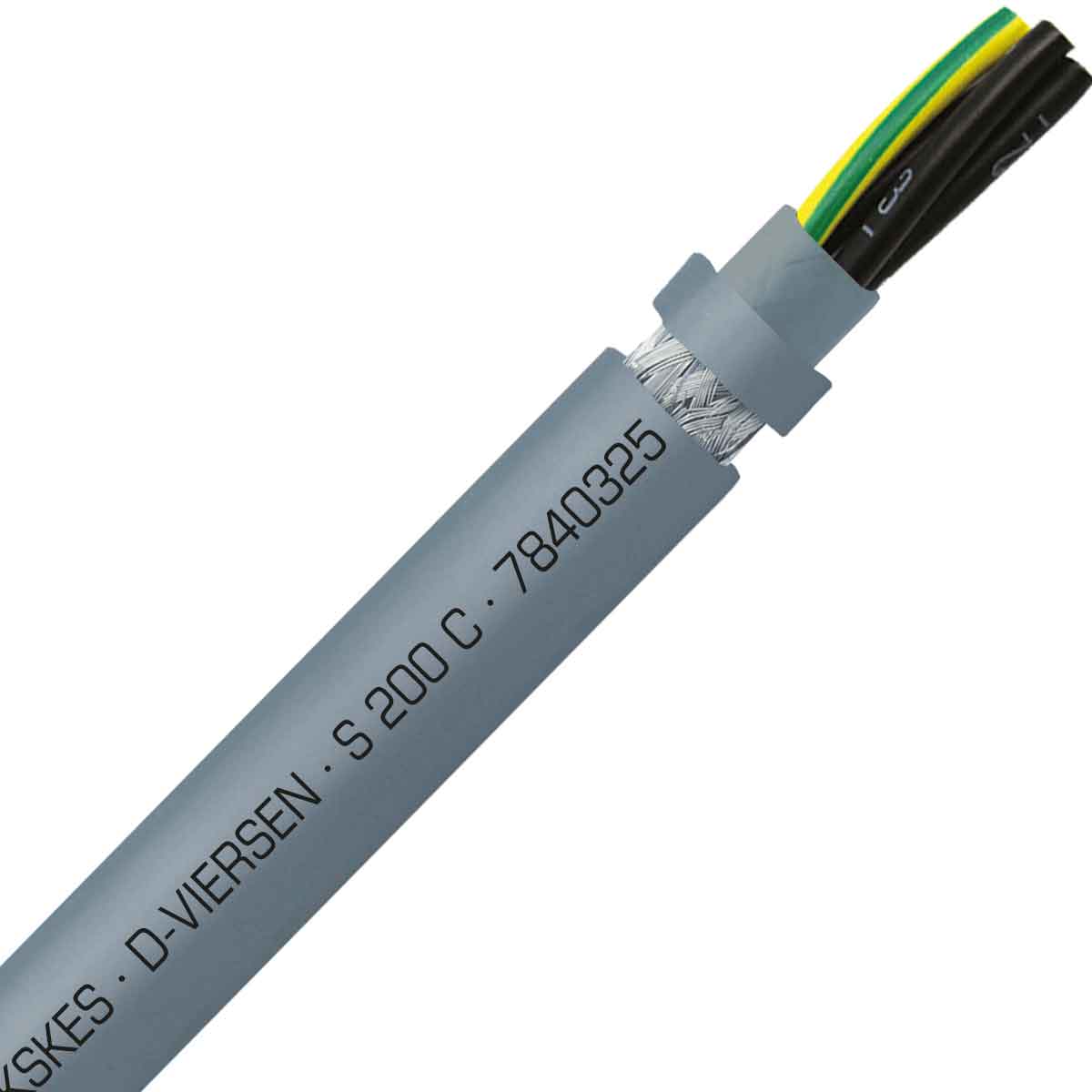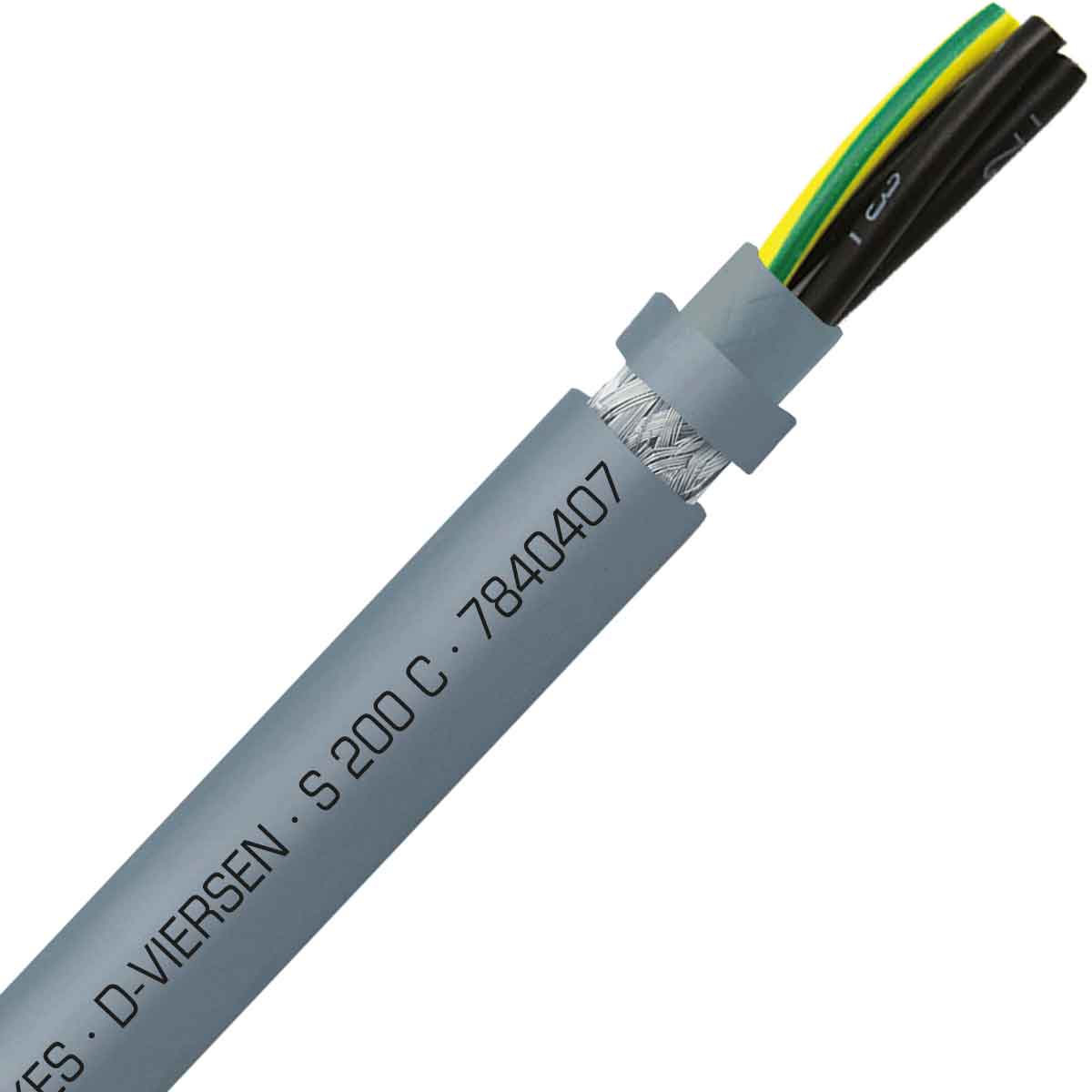S 200 C Series, Multiple Conductor Cables
Results:
3
Manufacturer
Series
Wire Gauge
Conductor Strand
Jacket (Insulation) Diameter
Operating Temperature
Usage
Features
Number of Conductors
Cable Type
Shield Type
Jacket (Insulation) Thickness
Jacket (Insulation) Material
Grade
Ratings
Qualification
Length
Voltage
Conductor Material
Jacket Color
Results remaining:3
Applied Filters:
S 200 C
About Multiple Conductor Cables
Multiple Conductor Cables, also known as multi-conductor cables or multi-pair cables, are cable products that consist of multiple individual wires or conductors bundled together within a single outer jacket. These cables are designed to facilitate the transmission of electrical signals or power to different devices or systems.
The key characteristic of Multiple Conductor Cables is their ability to accommodate multiple wires within a single cable assembly. The number of conductors can vary, ranging from just a few to several dozen or more, depending on the specific application requirements. Each conductor is typically color-coded or numbered for identification and easy connection.
These cables are commonly used in various industries and applications where multiple signals or power needs to be transmitted simultaneously. They are widely used in telecommunications, audiovisual systems, computer networks, control systems, and industrial automation, among others.
The wires within Multiple Conductor Cables can be made of different materials, such as copper or aluminum, depending on factors like conductivity, flexibility, and cost-effectiveness. The outer jacket of the cable provides protection and insulation for the bundled wires, shielding them from external environmental factors like moisture, abrasion, and electromagnetic interference (EMI).
The availability of Multiple Conductor Cables in different lengths and configurations offers flexibility in installations, allowing for customized solutions based on specific project requirements. These cables are often terminated with connectors at both ends, facilitating easy and secure connections to devices or systems.
Overall, Multiple Conductor Cables provide a convenient and efficient solution for transmitting multiple signals or power within a single cable assembly, simplifying installations and reducing cable clutter.



